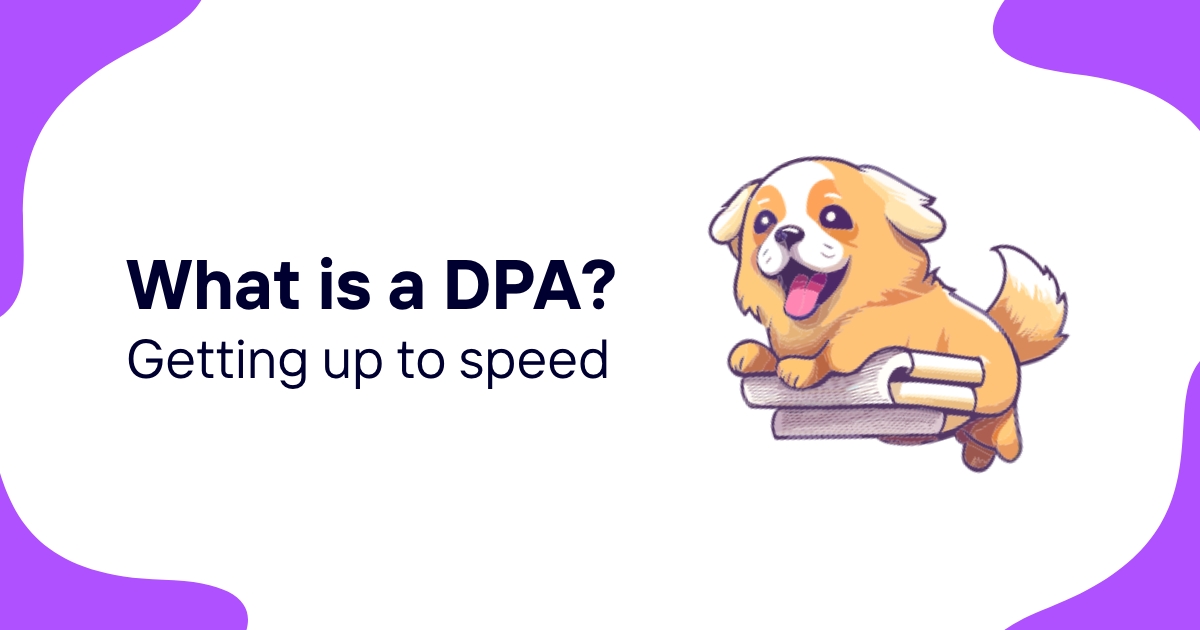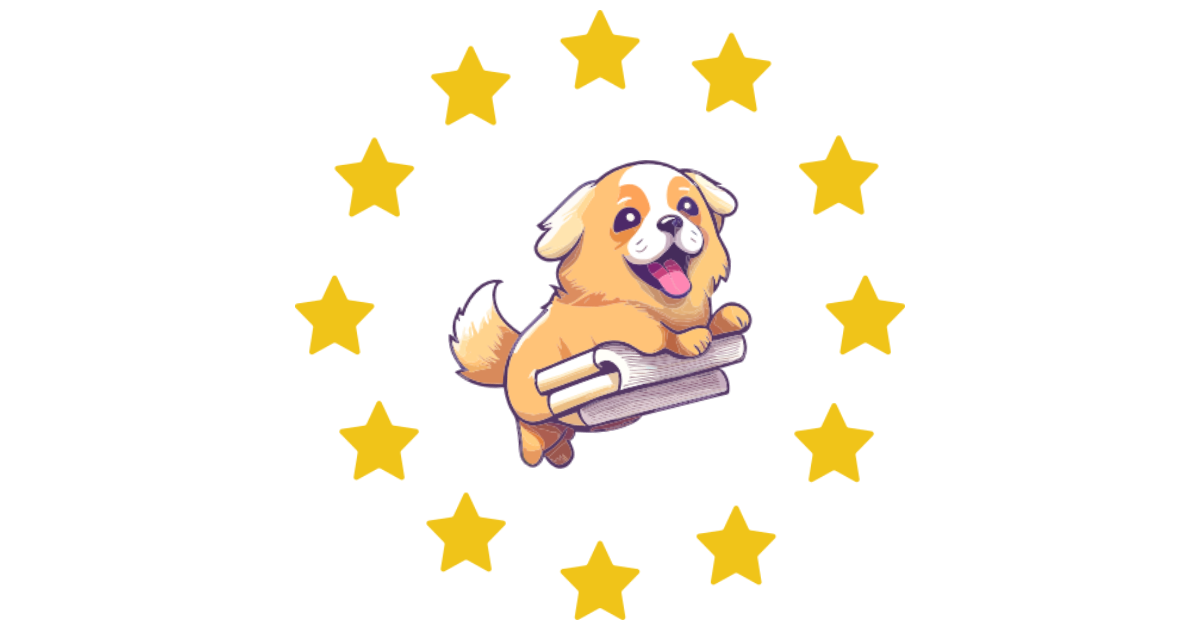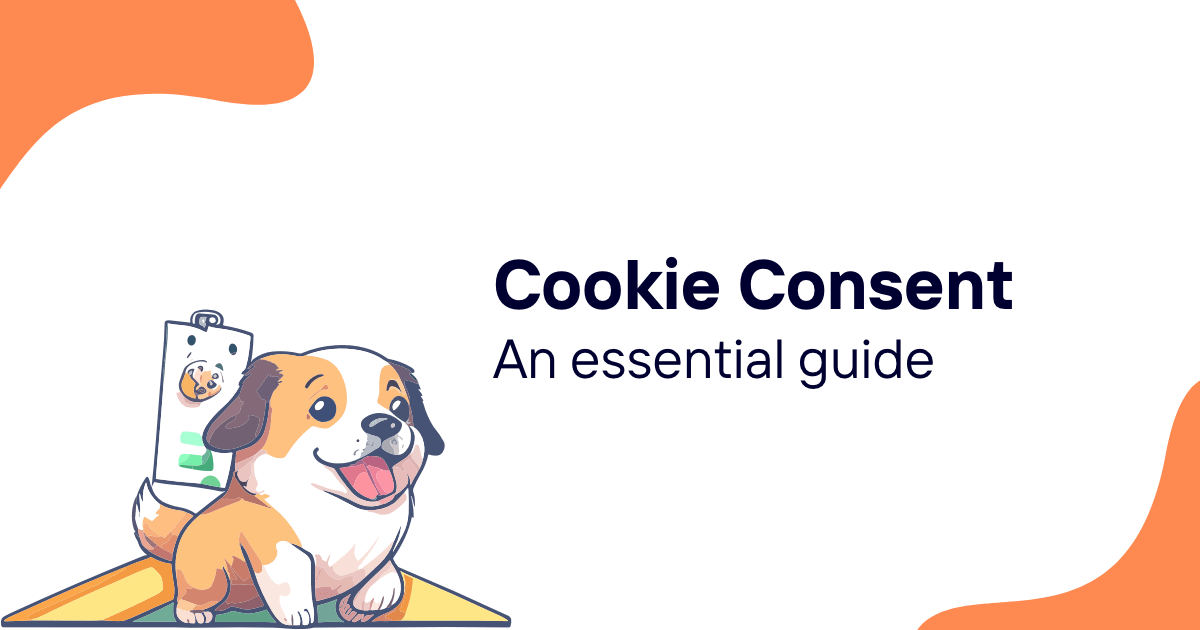Navigating the digital world's privacy laws can be a daunting task, especially when it comes to GDPR compliance. If you're running a website, you're probably aware that cookie consent isn't just a nice-to-have; it's a must. But here's the good news: achieving GDPR cookie consent doesn't have to cost you a fortune. In fact, it can be entirely free.
With the right tools and knowledge, you can ensure your website is up to par with GDPR standards without breaking the bank. Whether you're a small business owner, a blogger, or just starting out, understanding how to implement GDPR cookie consent for free is essential. Let's dive into how you can stay compliant and keep your users' data safe, all while keeping your budget intact.
Importance of GDPR Cookie Consent
In the digital age, your website is the front door to your business. Visitors from across the globe can walk through it, but with that opportunity comes responsibility, especially when it comes to their privacy. GDPR cookie consent isn't just a regulatory hoop to jump through. It's a cornerstone of building trust with your audience. Without it, you risk not just legal repercussions but damage to your brand's reputation.
When it comes to GDPR compliance, understanding that every user's consent must be informed, explicit, and freely given is crucial. This means that the days of burying cookie policies in hard-to-find corners of your website are over. You need to make it clear to your users what cookies your site uses and for what purpose. Transparency is key, and with it, you empower your visitors to make informed decisions about their data.
Remember, GDPR applies not just to businesses based in the EU but to any website that EU citizens might visit. This broad scope underscores the importance of compliance for businesses worldwide. Whether you're a small blog or a multinational corporation, GDPR cookie consent is non-negotiable.
One common misconception is that achieving this level of compliance is expensive and complicated. In reality, with the right tools and knowledge, ensuring your website meets GDPR standards can be straightforward and cost-effective. Many resources offer guidance and free tools to help you implement a consent mechanism that both complies with the law and respects your users' rights.
By prioritizing GDPR cookie consent, you're not only avoiding hefty fines but also fostering a culture of privacy and respect. It signals to your users that you value their data and are committed to protecting it, enhancing their trust in your brand.
Understanding GDPR Compliance

When aiming for GDPR compliance, it's vital you understand what GDPR stands for and how it affects your website's operations. The General Data Protection Regulation (GDPR) is a privacy and security law drafted and passed by the European Union (EU). It imposes obligations onto organizations anywhere, so long as they target or collect data related to people in the EU.
One of the critical aspects of GDPR is the mandate for cookie consent. This isn't about casual web browsing cookies. It's about understanding and managing the cookies that track personal data, enhance marketing efforts, and personalize the web experience. Under GDPR, it's not enough to have a passive banner at the bottom of your site stating, "By using this site, you accept cookies." Instead, you must get explicit consent from users before any cookie can drop and start collecting data.
- Explicit Consent: Your website visitors must actively opt-in to allow cookies. This means pre-ticked boxes won't cut it.
- Informed Consent: You must clearly explain what cookies are being used and for what purpose, in a language that's easy for your users to understand.
- Easy Opt-out: Just as users should find it easy to opt-in, opting out should be just as straightforward.
Achieving GDPR compliance can seem daunting, but it offers a significant opportunity. It's a chance to clean up your website's data collection practices, making them more transparent and building trust with your audience. Remember, GDPR compliance isn't a one-time effort but an ongoing process. It requires regular audits of your cookie policies and practices to ensure they remain up to date with any changes in the law or your business activities.
Providing visitors with clear, comprehensive information regarding cookie usage goes a long way in upholding their trust and confidence in your brand. Plus, utilizing tools and resources designed to simplify the GDPR compliance process can make obtaining that crucial cookie consent more manageable than many realize.
Free Tools for Implementing GDPR Cookie Consent

In your journey toward GDPR compliance, finding no-cost solutions for cookie consent can significantly ease the process. With several free tools available, you can implement a GDPR-compliant cookie consent mechanism on your website without breaking the bank. These tools not only help in obtaining consent but also ensure that you're following the regulation's requirements accurately.
First on the list is Cookie Consent by Osano. This widely used tool offers a straightforward way to add a customizable cookie consent banner to your site. It's designed to be easily integrated, no matter your website's complexity or the CMS you're using. Cookie Consent by Osano is praised for its simplicity and effectiveness, making it a popular choice among small to medium-sized businesses.
Another notable tool is CookieYes. This platform provides a GDPR compliant cookie consent solution that's both easy to implement and customize. CookieYes helps you in making sure your website's cookie policies are transparent and accessible, thereby building user trust. With features like automatic script blocking and consent analytics, CookieYes steps up as a comprehensive tool for website owners.
Lastly, ConsentManager.net offers a robust free version that caters well to GDPR requirements. It gives you control over cookie categorization and user consent logs, ensuring you have the needed documentation for compliance. The platform's emphasis on compliance and user experience makes it an excellent option for those looking to address GDPR cookie consent systematically.
These tools, among others, provide valuable assistance in aligning your website with GDPR standards. By utilizing them, you not only safeguard user data but also reinforce your commitment to privacy.
Steps to Achieve GDPR Cookie Consent for Free

Achieving GDPR cookie consent doesn't have to cost you a fortune. With free tools at your disposal, you can ensure your website complies with GDPR mandates effectively. Here's how you can get started:
Identify the Cookies You Use: Before anything else, you need to know what kind of cookies your website is using. Are they strictly necessary, performance cookies, functionality cookies, or target cookies? Understanding this will guide your compliance strategy.
Select a Free Cookie Consent Tool: Tools like Cookie Consent by Osano, CookieYes, and ConsentManager.net offer robust solutions for implementing a compliant cookie consent mechanism on your site. These platforms provide easy-to-use features that can be customized to match your website’s design.
Customize Your Consent Banner: Once you've chosen your tool, the next step is to customize your consent banner. This includes the message displayed to visitors and the options provided. Ensure it's clear, concise, and gives visitors a genuine choice to accept or reject cookies.
Implement Explicit Consent: GDPR mandates that consent must be explicit. This means pre-checked boxes aren't compliant. Users must actively click to consent to cookies. Make sure your chosen tool allows for this level of explicit consent.
Regularly Update Your Cookie Policy: GDPR compliance isn't a one-time task. As your website evolves, so will your use of cookies. Regularly update your cookie policy to reflect any new cookies or changes to existing ones.
By following these steps and leveraging free tools, you can achieve GDPR cookie consent without incurring additional costs. Remember, compliance is not just about avoiding fines; it's about building trust with your users by respecting their privacy and data.
Benefits of Ensuring GDPR Cookie Consent

Securing GDPR cookie consent isn't just about ticking a box to stay on the right side of the law. It's a critical step towards fostering a transparent relationship with your website visitors. By implementing a clear and user-friendly cookie consent mechanism, you're not only adhering to regulations but also building trust. Visitors appreciate when their privacy is taken seriously, and this trust translates into loyalty.
Trust and transparency lead to enhanced user satisfaction, which is crucial in today's competitive online environment. Users are more likely to return to and recommend websites that make them feel secure and respected. This positive user experience can significantly impact your site's reputation, making it a go-to resource.
Another tangible benefit is the reduction of legal risks. Non-compliance with GDPR can result in hefty fines, but by ensuring proper consent mechanisms are in place, you minimize the risk of legal penalties. Consider GDPR consent not as a hurdle but as an investment in your website's future stability and growth.
Moreover, proper GDPR cookie consent practices can lead to improved data quality. When users actively agree to cookie tracking, it signifies their engagement and interest in your services. This level of engagement means the data you collect is more accurate and valuable, allowing for better-informed business decisions and targeted marketing strategies. Tailoring your offerings based on reliable data not only improves user experience but also enhances conversion rates.
Remember, GDPR is more than just compliance; it's an opportunity to stand out by demonstrating your commitment to user privacy and building a trustworthy online presence. Integrating clear consent practices into your website's user experience can pave the way for stronger customer relationships and a healthier digital environment.
Conclusion
Embracing GDPR cookie consent isn't just about ticking a box for legal compliance; it's a strategic move that can propel your website forward. By implementing a clear and transparent consent mechanism, you're not only safeguarding your site against potential legal issues but also enhancing user trust and loyalty. This trust translates into a more engaged user base and a solid online reputation. Remember, investing in GDPR compliance is investing in the future of your website. It's a step towards building lasting customer relationships and ensuring a secure, trustworthy online environment for everyone.












